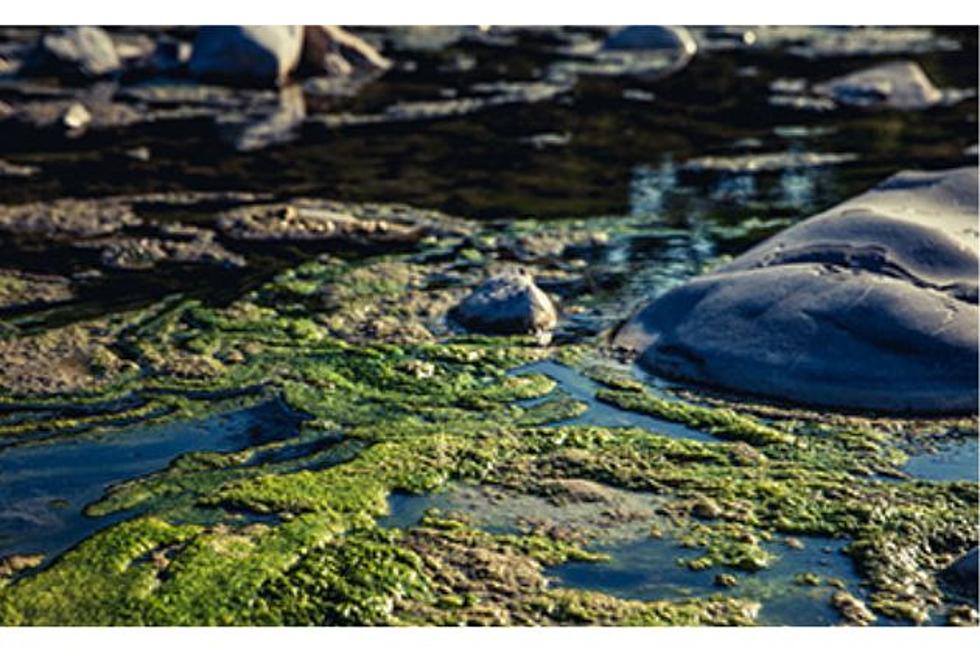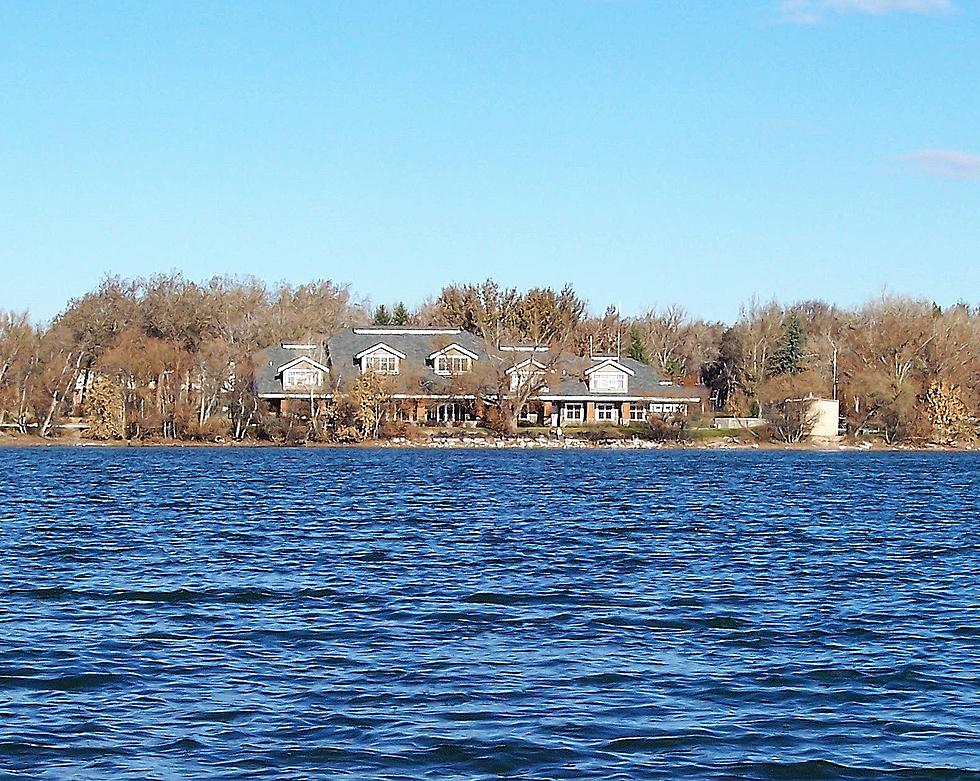
Wyoming Department of Health Warns Residents of Blue-Green Algae in Lakes and Rivers
With summertime upon us and the opportunity to spend more and more time on the water abounding, the Wyoming Department of Health is warning residents and tourists alike of harmful cyanobacterial blooms, otherwise known as blue-green algae.

The Wyoming Department of Health, along with the Wyoming Department of Environmental Quality (DEQ), the Wyoming Livestock Board (WLB), the Wyoming Department of Agriculture, the Wyoming Game and Fish Department, Wyoming State Parks, the Wyoming Association of Conservation Districts, and the United States Forest Service collaborated to remind the public to avoid HCBs and keep their pets away from them as well.
"Cyanobacteria, also known as blue-green algae, can form HCBs that produce toxins and other irritants that pose a risk to human and animal health," the Wyoming Department of Environmental Quality wrote in a press release. "HCBs typically occur when water temperatures increase in still or slow-moving water, or when wind aggregates cyanobacteria near shorelines."
The DEQ stated that HCBs could be green, brown, or blue-green (hence their nickname) in color. Additionally, HCBs could resemble discolored water, small grass clippings, scum, floating mats, or spilled paint.
"HCBs can occur on or in the water, either floating or attached to plants, rocks, or other material," the release stated. "When HCBs form, they may last days, weeks, or even months."
If the public comes across any, they should report suspected blooms and any bloom-related illnesses tot he DEQ and Wyoming Department of Health by visiting their website.
Once reported, the Department of Health will follow up on on any potential HCB-related illnesses, and the DEQ will investigate the blooms to determine if they are, in fact, harmful.
The DEQ instructed that if a person or animal is exposed to an HCB, they should seek medical attention or a veterinarian immediately if they are experiencing adverse health effects. They noted that children, animals, pregnant women, and people with weaker immune systems are more susceptible to adverse health effects.
"As outlined in Wyoming’s HCB Action Plan, WDH will issue advisories for waterbodies where cyanobacteria or toxins may pose a risk to people that come into contact with the water," the release stated. "A Bloom Advisory is issued for a waterbody when a cyanobacteria bloom is present. A Toxin Advisory is issued for a waterbody when toxin concentrations exceed recreational thresholds. A map of advisories and answers to frequently asked questions (FAQs) can be found at WyoHCBs.org."
The Wyoming Department of Health and the Wyoming Livestock Board recommend the following tips if an HCB is found:
- Avoid contact with water in the vicinity of the bloom, especially in areas where cyanobacteria are dense and form scum.
- Do not ingest water from the bloom. Boiling, filtration, or other treatments will not remove toxins.
- Rinse fish with clean water and eat only the fillet portion.
- Avoid water spray from the bloom.
- Do not allow pets or livestock to drink water near the bloom, eat bloom material, or lick fur after contact.
- If people, pets, or livestock come into contact with a bloom, rinse off with clean water as soon as possible.
More information on the on the general health risks and symptoms related to HCBs can be found on the Wyoming Department of Health website.
Check Out These Incredible Photos Of the 'Blood Moon' Lunar Eclipse in Wyoming
More From Wake Up Wyoming









